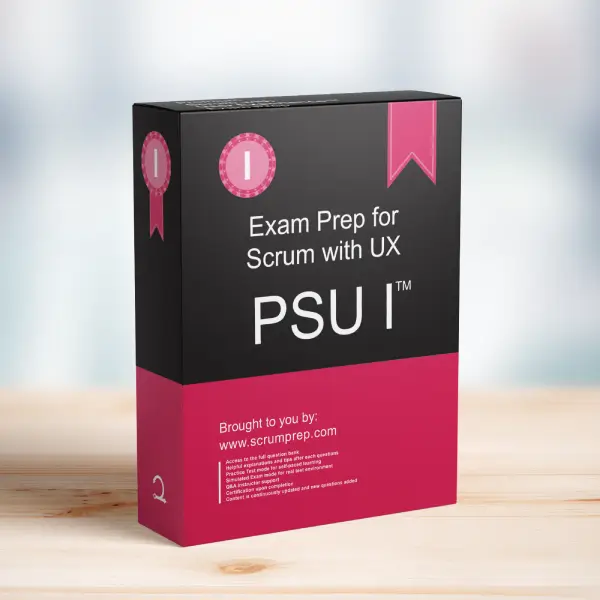Dealing with Regulatory Compliance in Scrum
Regulatory compliance is a critical aspect of product development that must be managed effectively within Scrum. It involves ensuring that the product adheres to all relevant laws, regulations, and standards.
Exam Question
What are two ways that regulatory compliance issues are dealt with in Scrum?
(choose the best two answers)
A. They are discussed, determined, and documented before the actual feature development Sprints.
B. They are addressed along with functional development of the product.
C. They are added to the Product Backlog and addressed in early Sprints, while always requiring at least some business functionality, no matter how small.
D. They are addressed by a separate team who is responsible for compliance issues.
Correct Answers
B. They are addressed along with functional development of the product.
C. They are added to the Product Backlog and addressed in early Sprints, while always requiring at least some business functionality, no matter how small.
Explanation
Correct Answers
B. They are addressed along with functional development of the product:
In Scrum, regulatory compliance issues are integrated into the functional development of the product. This means that compliance is not treated as a separate concern but is considered part of the overall development process. This approach ensures that compliance is continuously monitored and adhered to throughout the product development lifecycle.
C. They are added to the Product Backlog and addressed in early Sprints, while always requiring at least some business functionality, no matter how small:
Compliance issues are added to the Product Backlog as specific items. These items are prioritized and addressed in early Sprints to ensure that compliance requirements are met as soon as possible. Incorporating business functionality, no matter how small, alongside compliance items ensures that the product delivers value continuously.
Why the Other Options Are Less Effective
A. They are discussed, determined, and documented before the actual feature development Sprints:
While some initial planning and documentation may be necessary, regulatory compliance should not be entirely front-loaded. Scrum promotes iterative development and continuous integration of compliance throughout the development process.
D. They are addressed by a separate team who is responsible for compliance issues:
Scrum encourages cross-functional teams where all aspects of product development, including compliance, are handled by the same team. This approach ensures better integration and collaboration, reducing the risk of compliance issues being overlooked or misaligned with the overall product development.
Importance of Addressing Compliance in Scrum
- Continuous Integration: Integrating compliance into the regular development process ensures that it is continuously monitored and adhered to, reducing the risk of non-compliance.
- Prioritization: Adding compliance items to the Product Backlog allows for prioritization and ensures that compliance is addressed in a timely manner.
- Cross-Functional Teams: Ensuring that the same team handles compliance and functional development promotes better collaboration and integration.
Effective Practices for Managing Compliance
- Early Identification: Identify compliance requirements early and add them to the Product Backlog.
- Prioritization: Prioritize compliance items to address them in early Sprints.
- Continuous Monitoring: Continuously monitor compliance as part of the development process.
- Collaboration: Foster collaboration within the team to integrate compliance with functional development.
Relevance to the PSU I Exam
Understanding how regulatory compliance is managed within Scrum is crucial for the PSU I exam. It demonstrates knowledge of integrating compliance into the product development process and the importance of prioritization and continuous monitoring.
Key Takeaways
- Regulatory compliance issues are addressed along with functional development of the product.
- Compliance items are added to the Product Backlog and addressed in early Sprints.
- Integrating compliance into the development process ensures continuous monitoring and adherence to regulations.
Conclusion
In Scrum, regulatory compliance issues are integrated into the development process and addressed along with functional development. Compliance items are added to the Product Backlog and prioritized in early Sprints to ensure timely adherence to regulations. This approach ensures continuous monitoring and effective management of compliance within the product development lifecycle. For more information on preparing for the PSU I exam, visit our Professional Scrum with UX PSU I™ Exam Prep.



